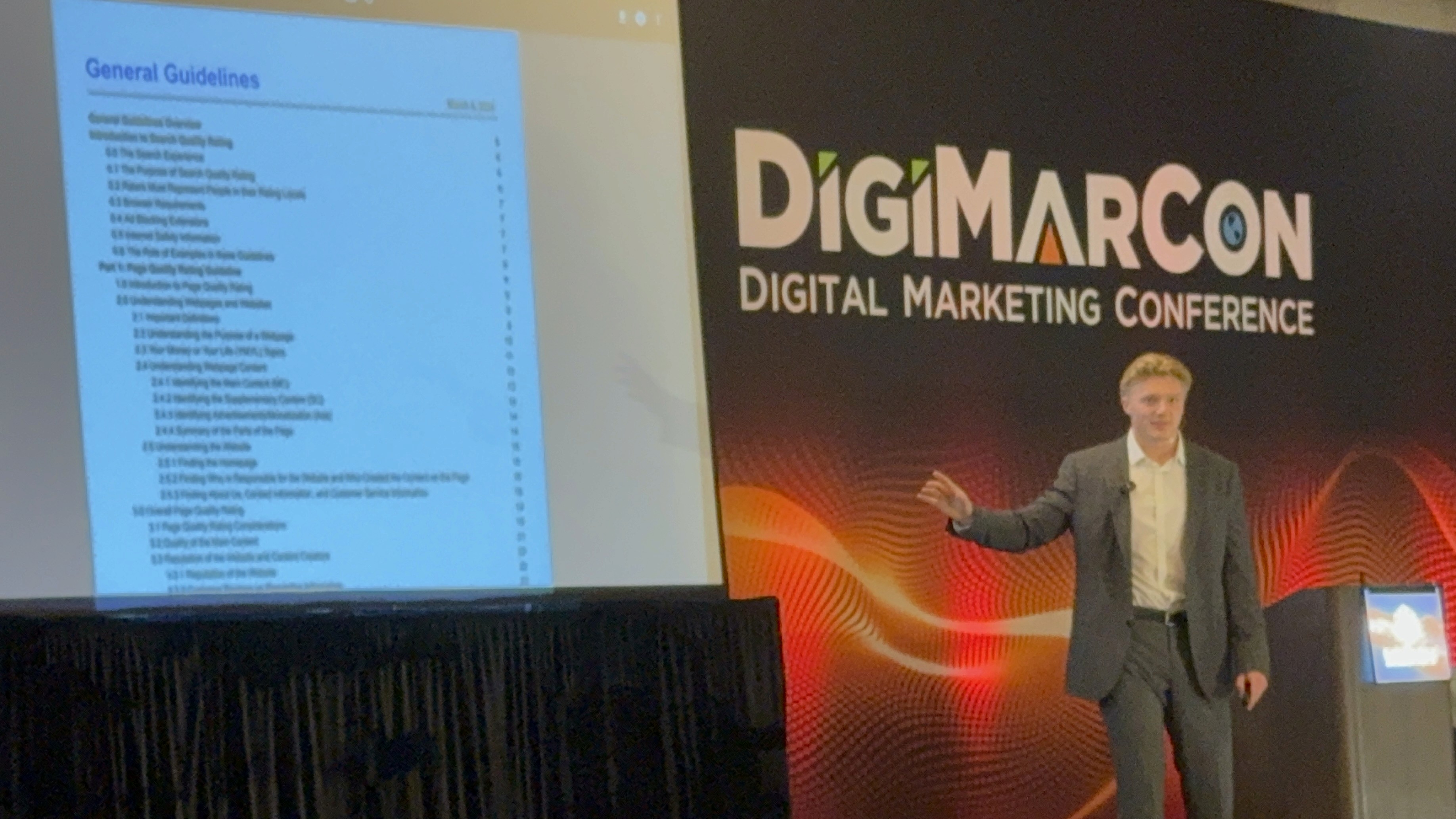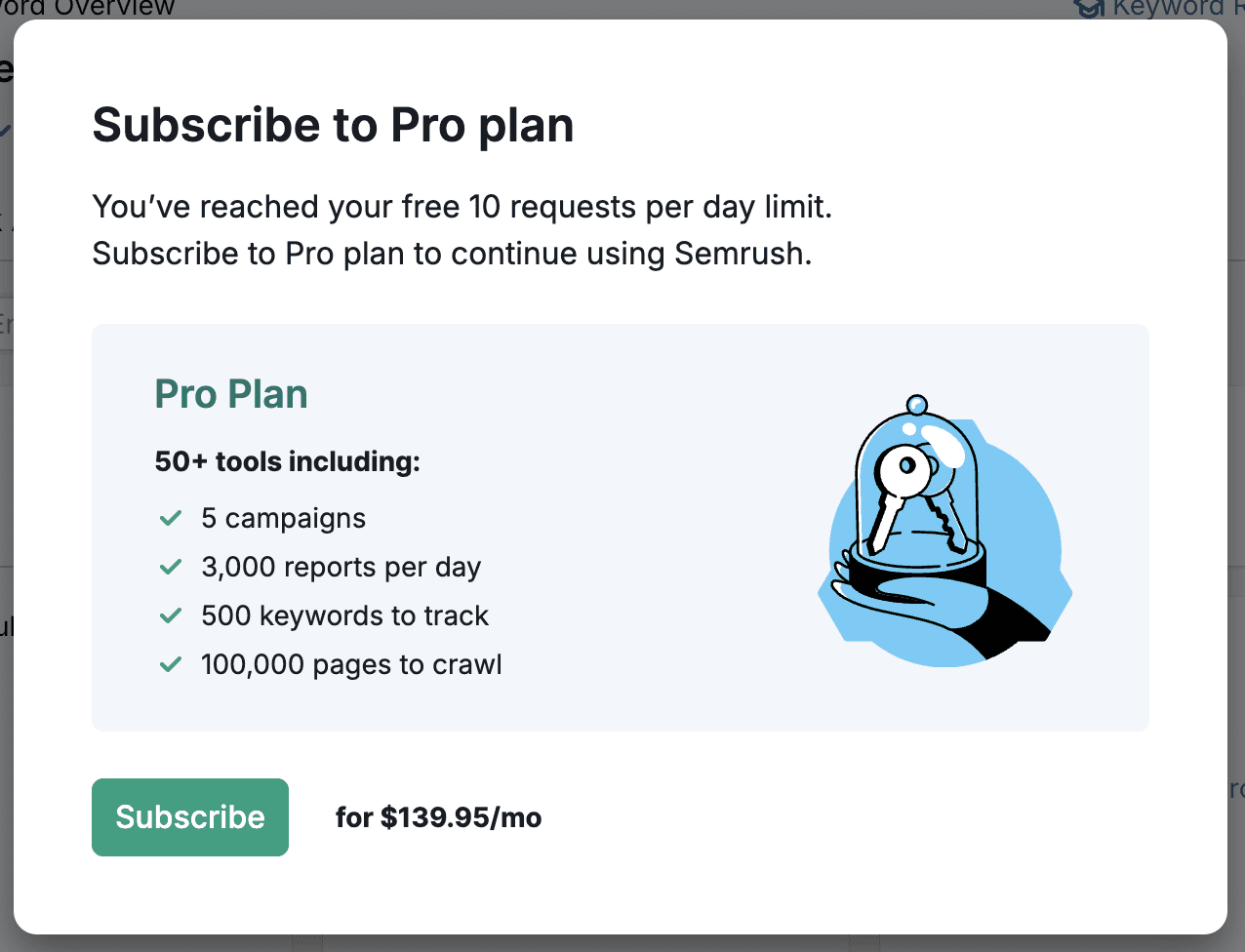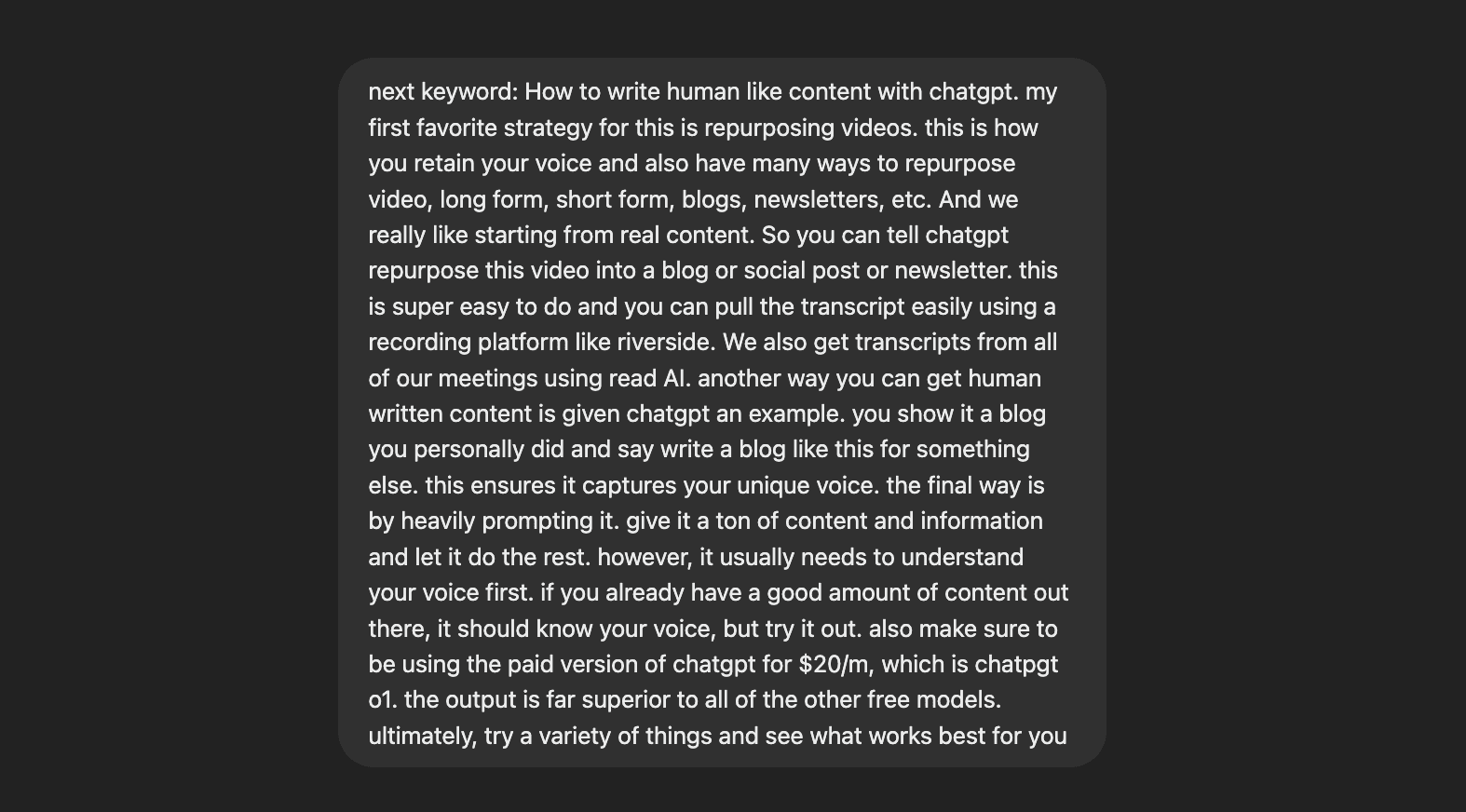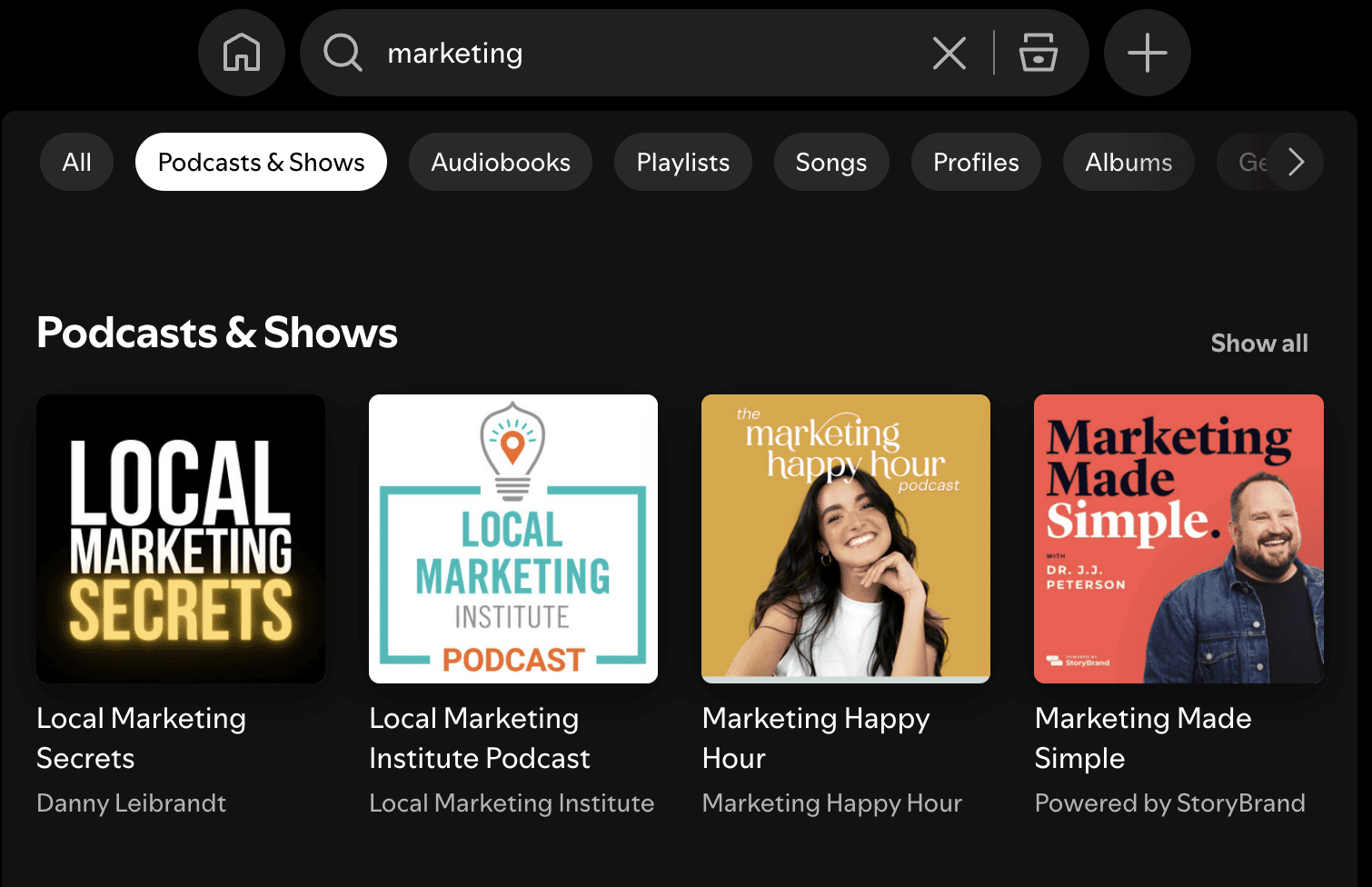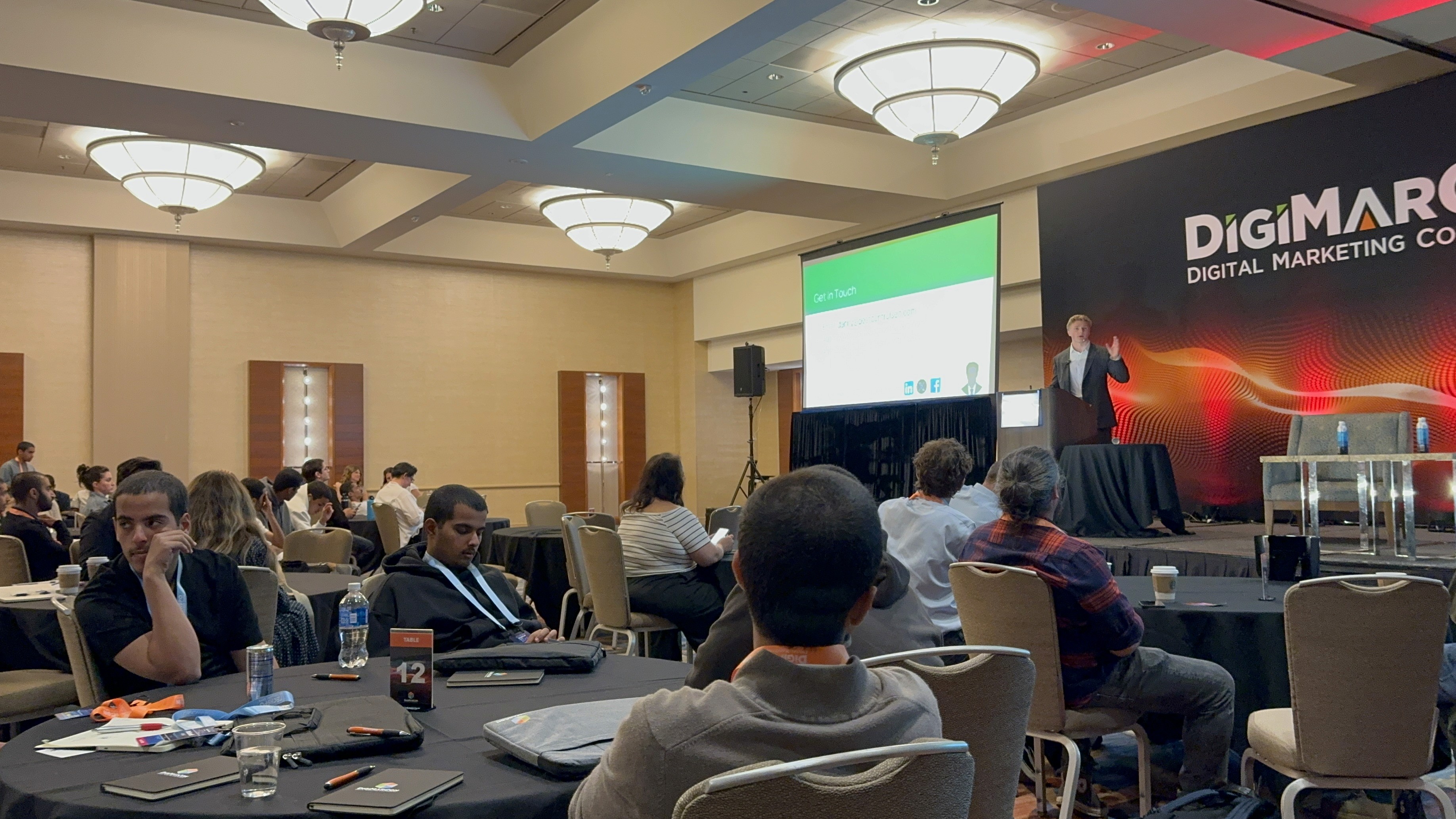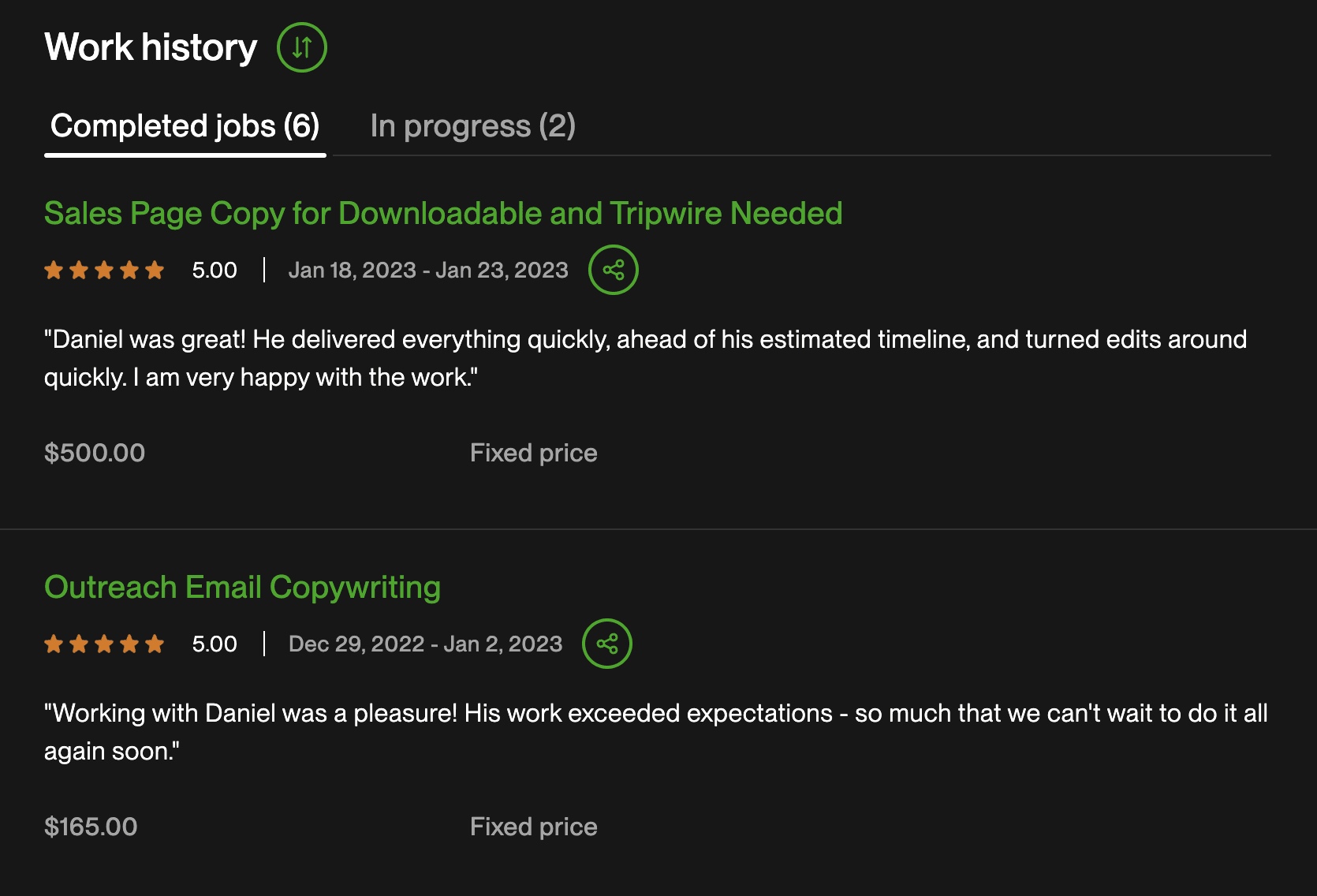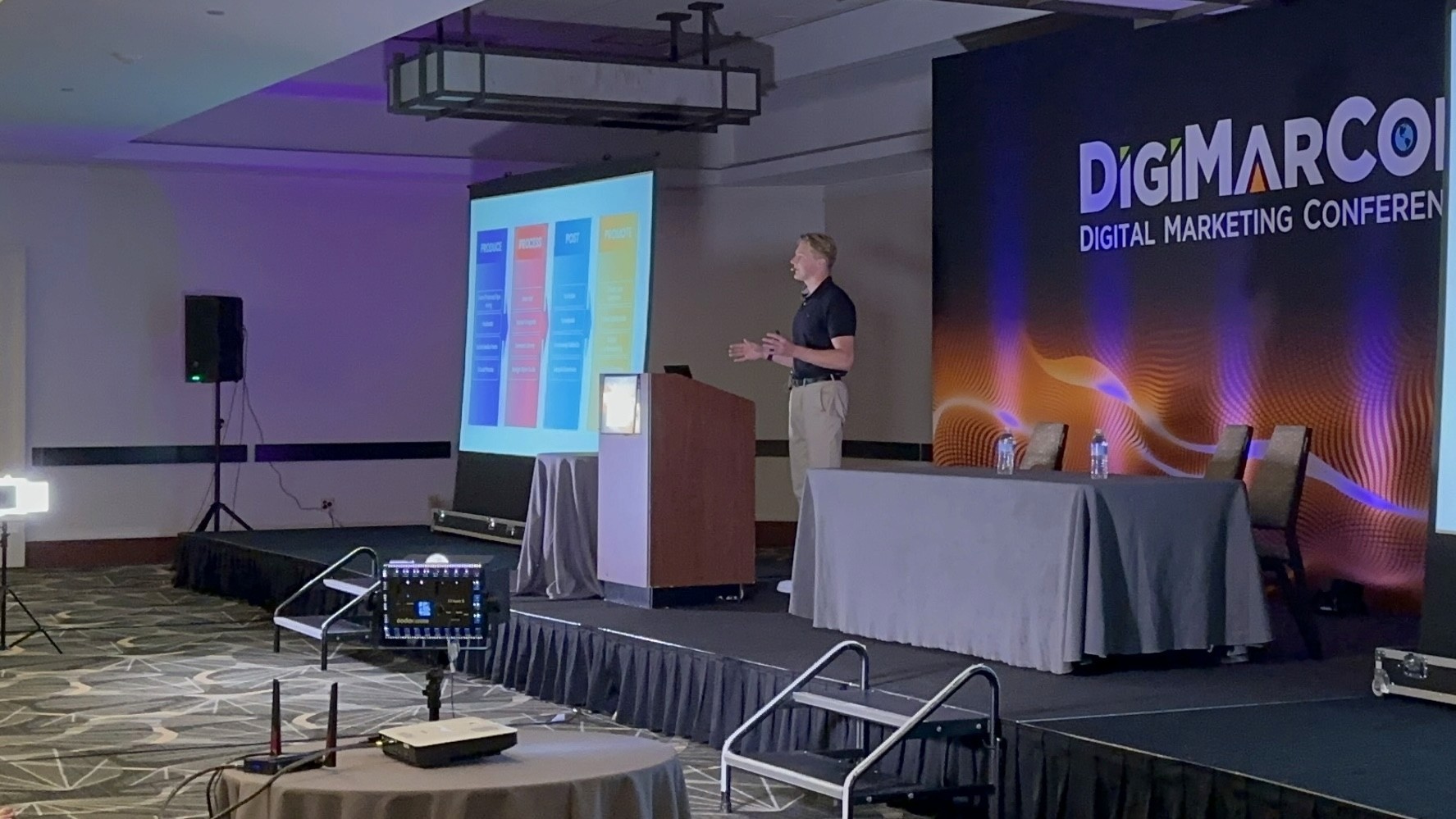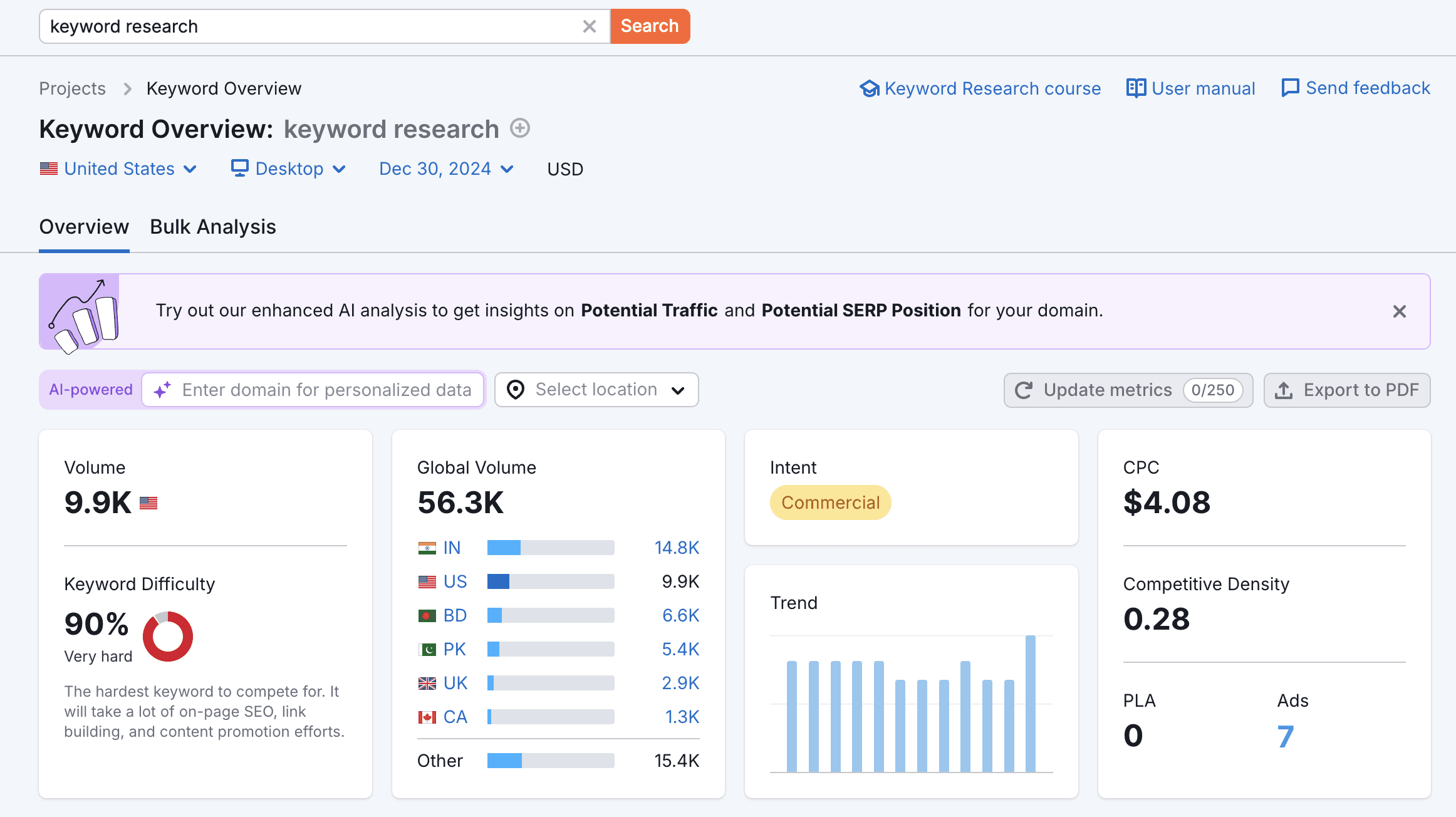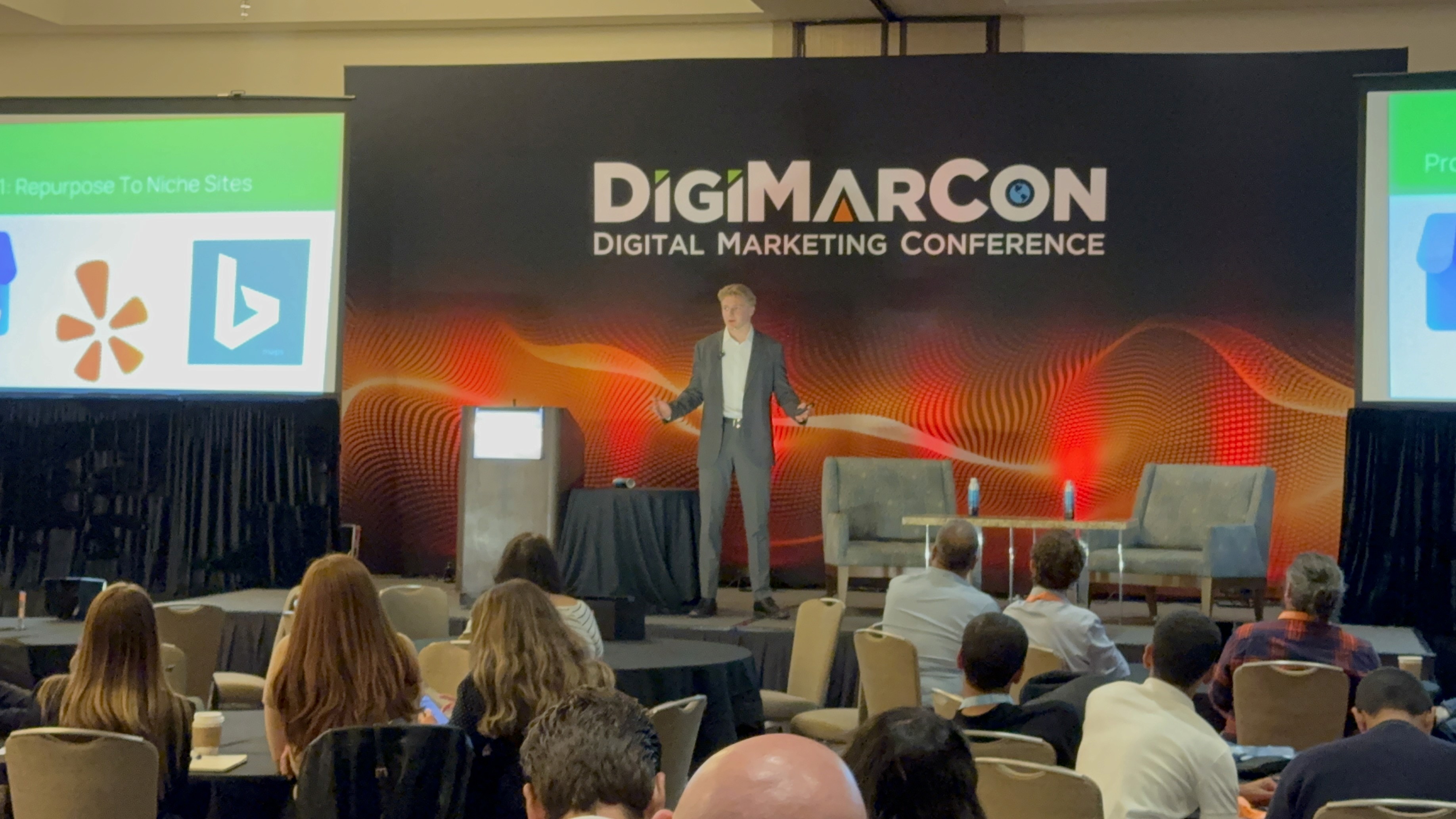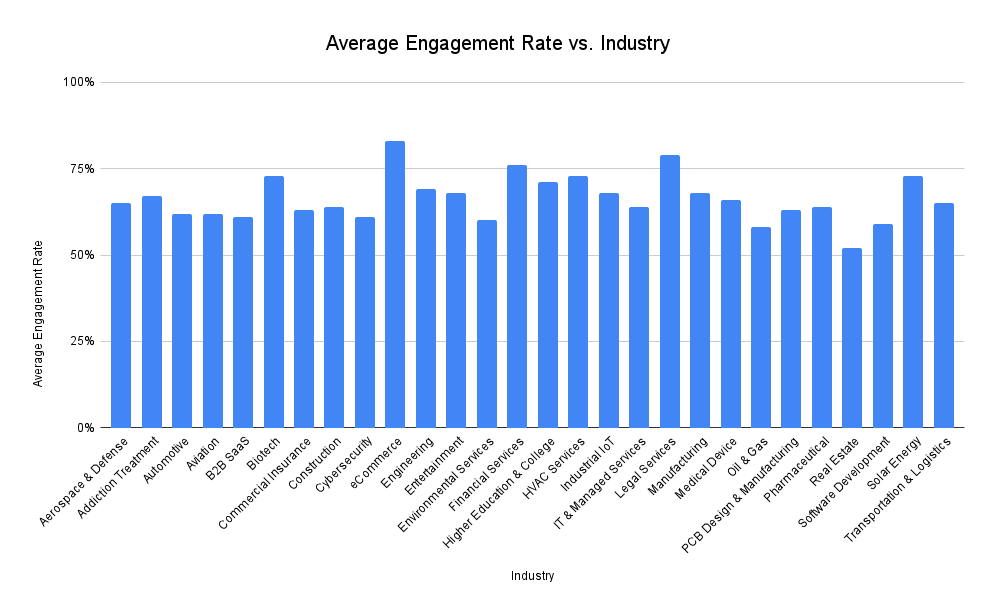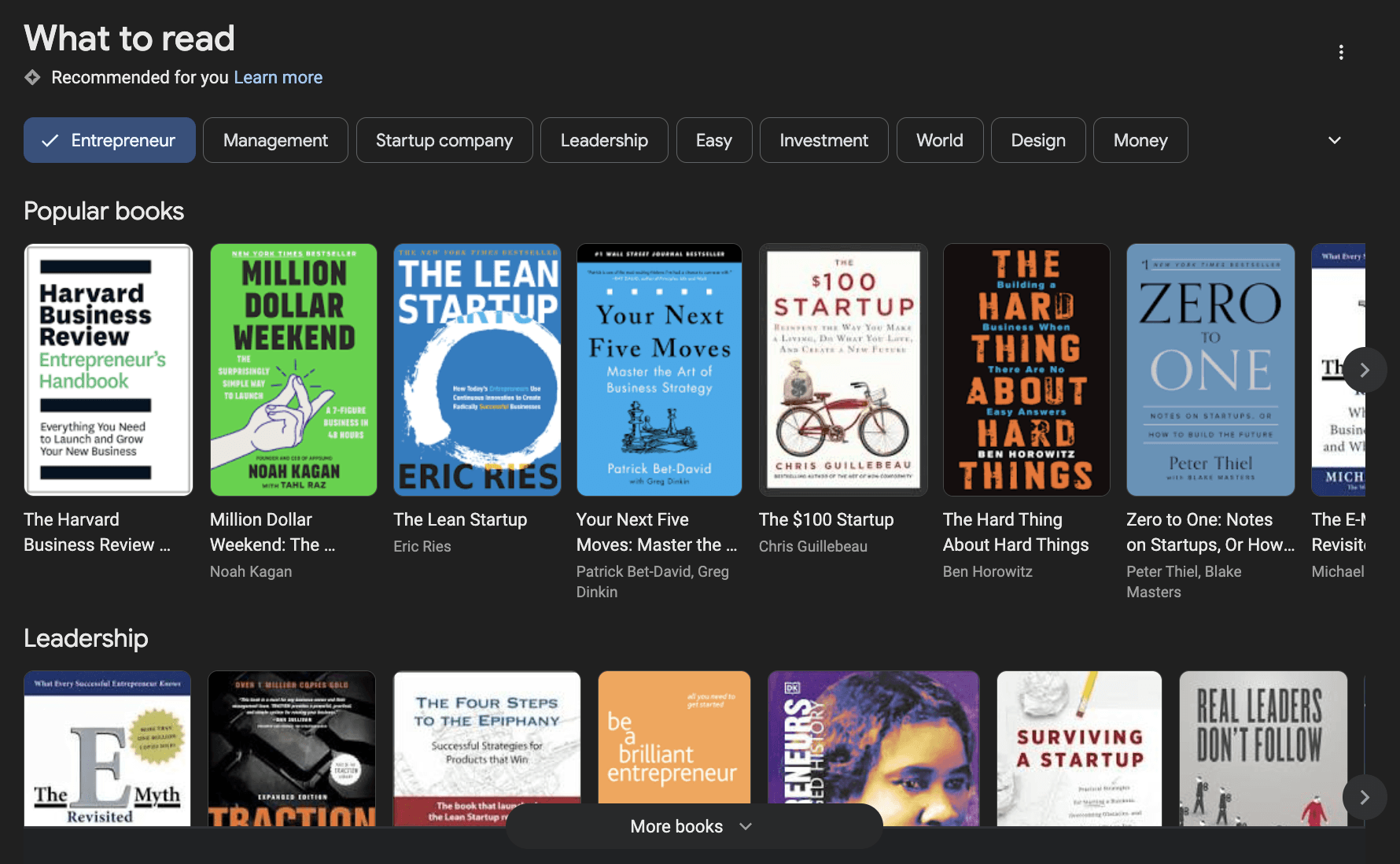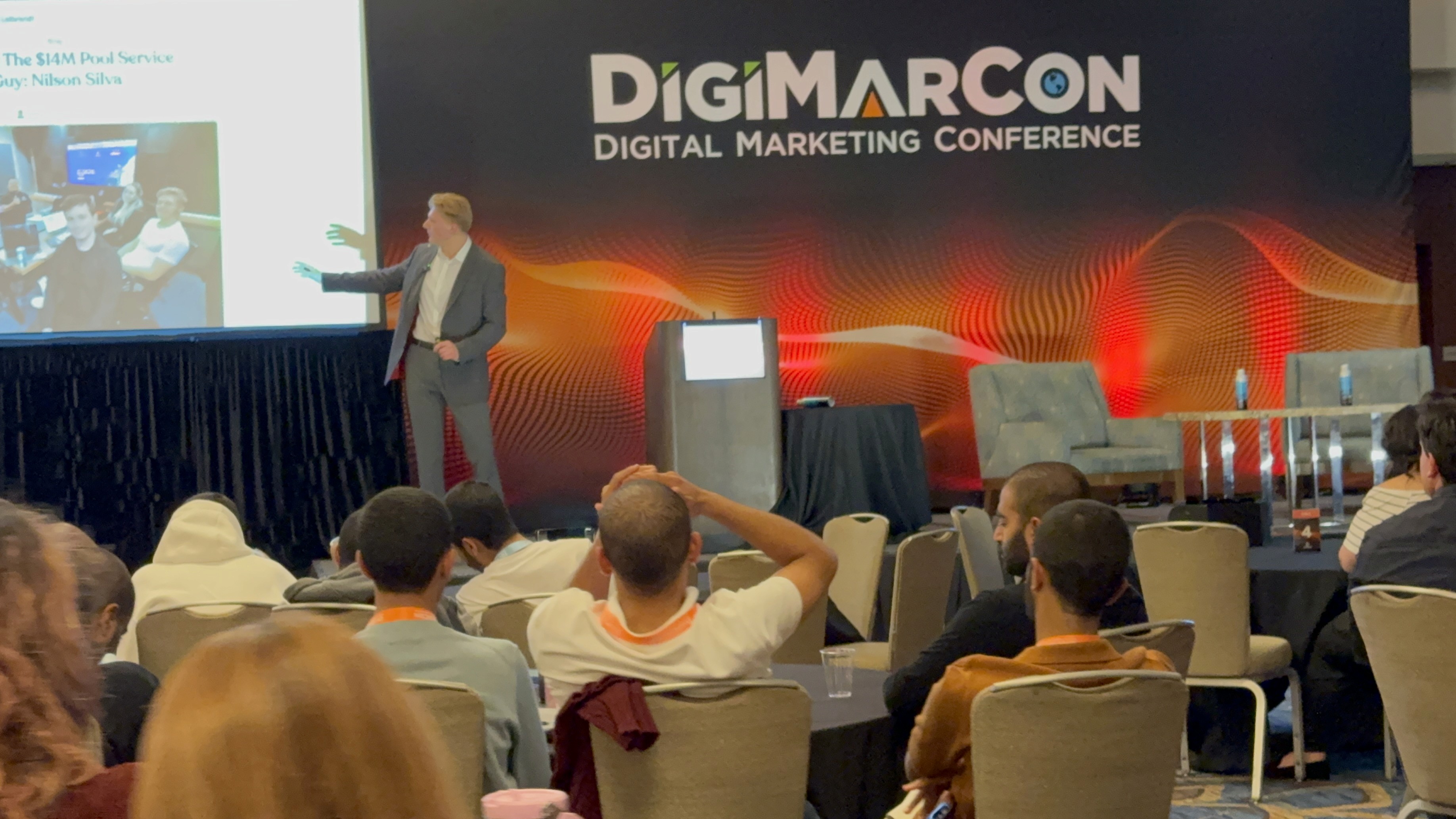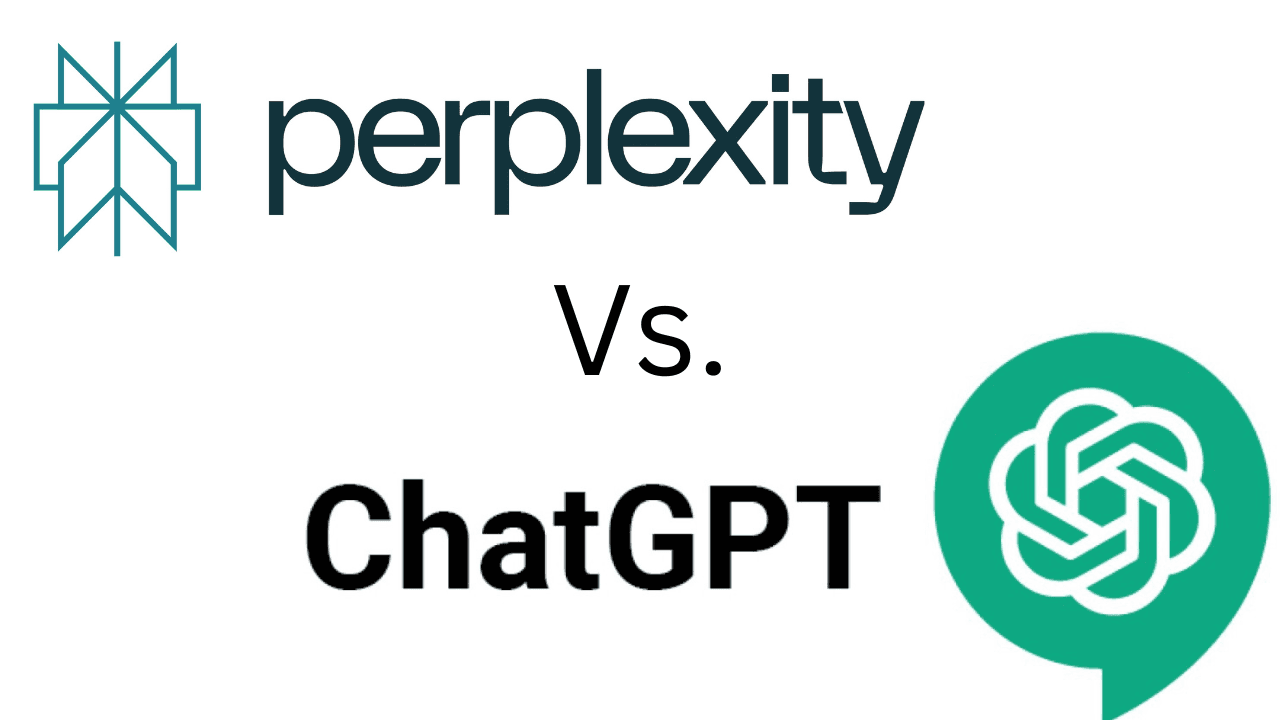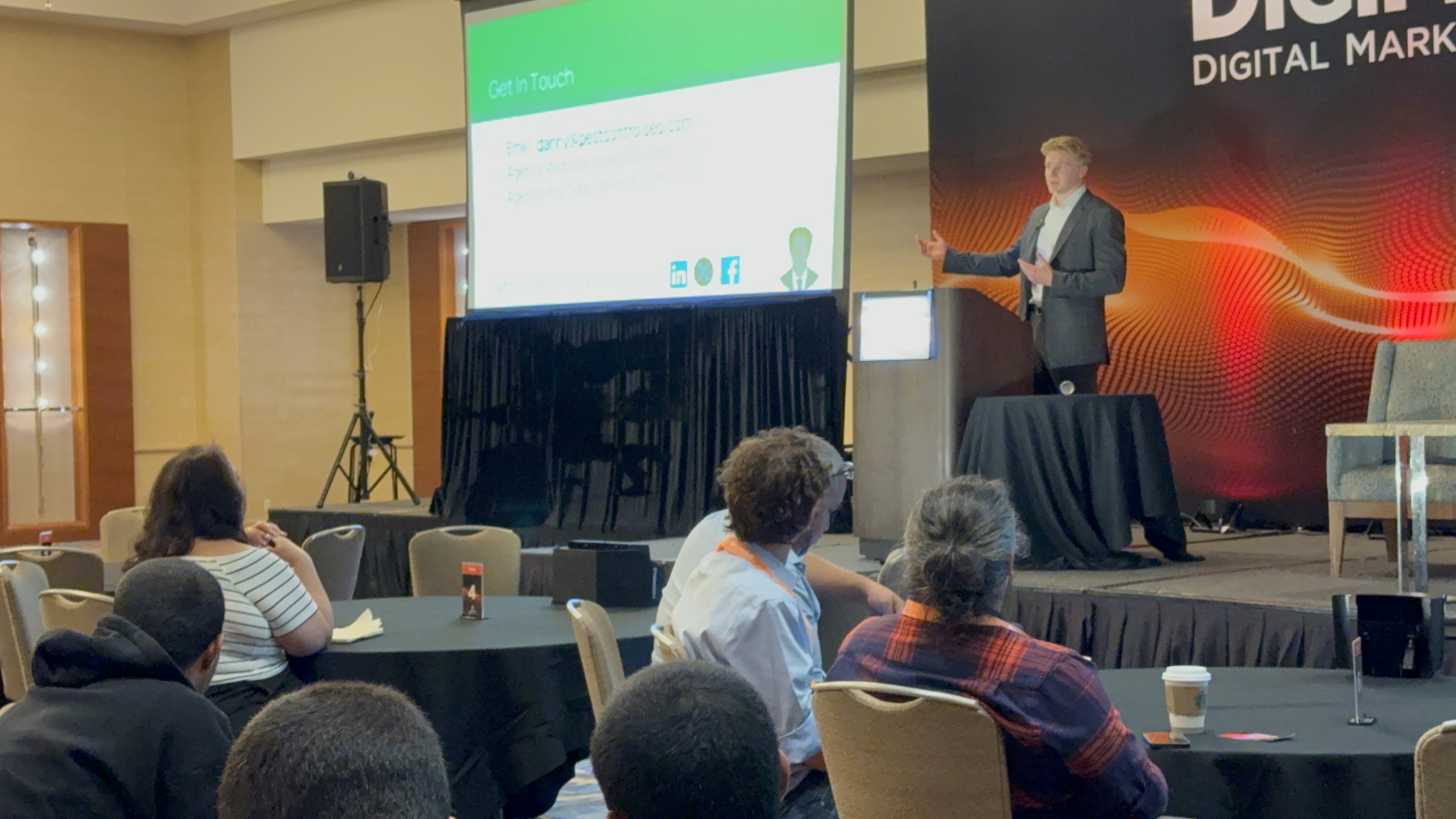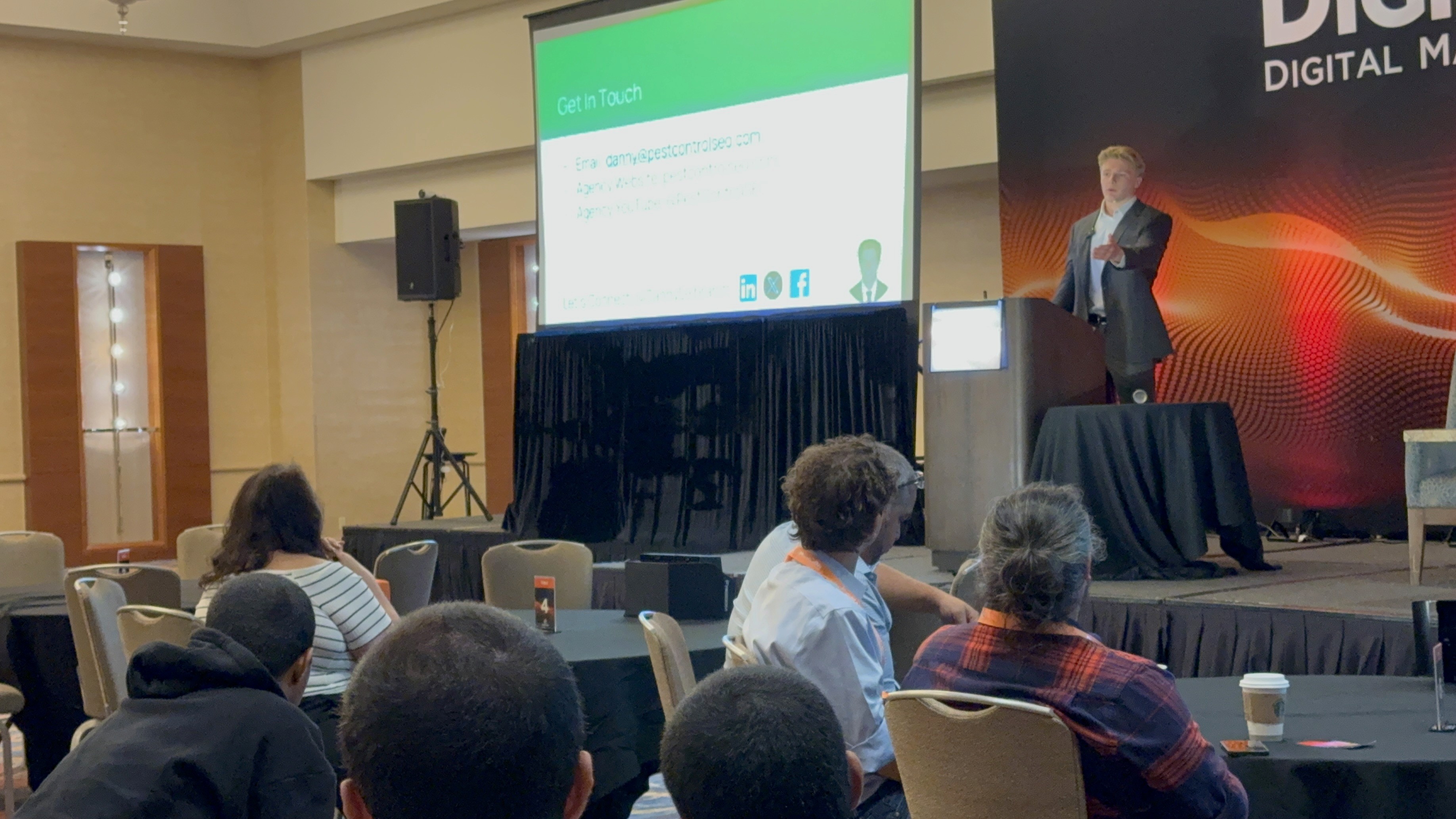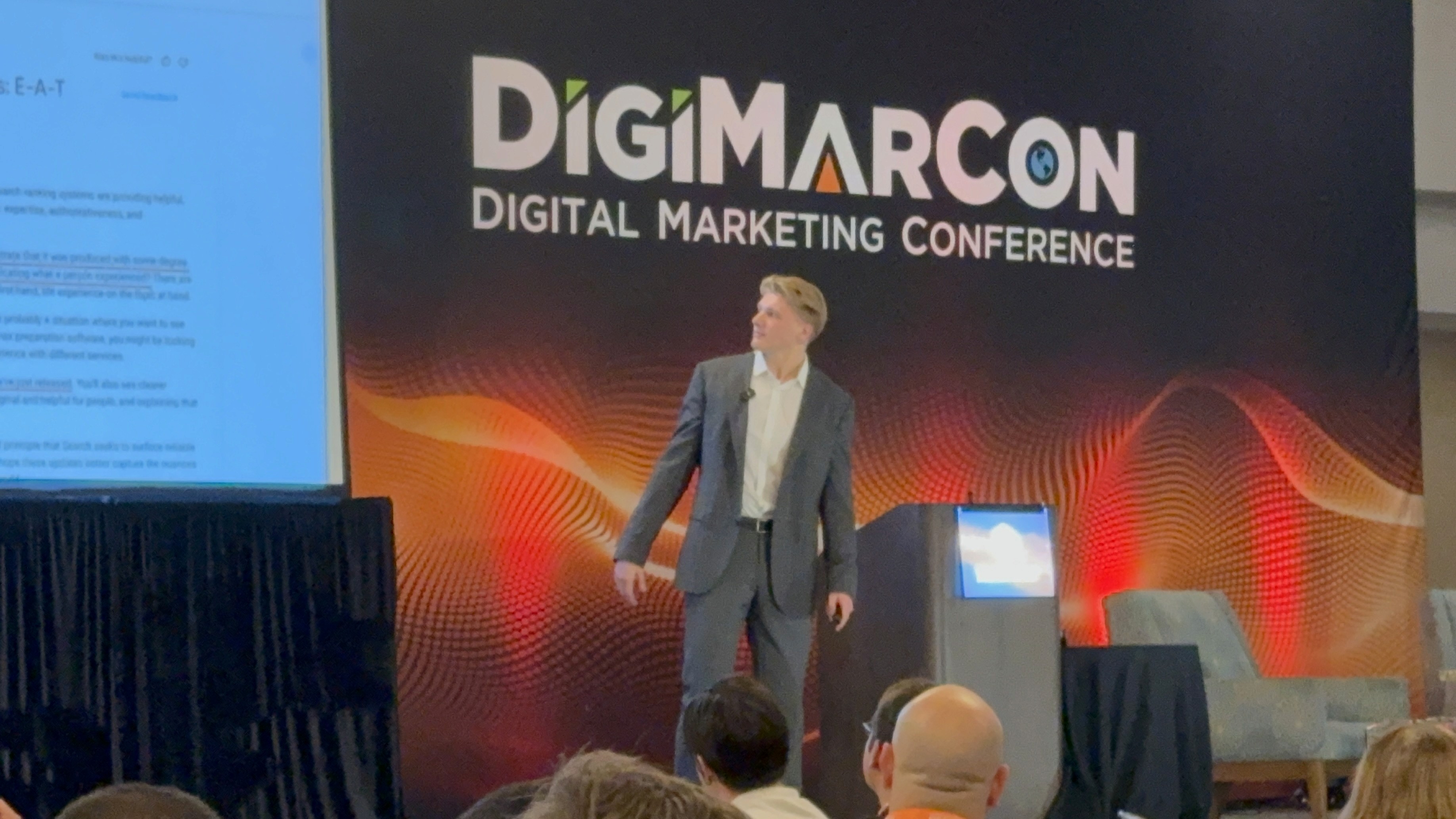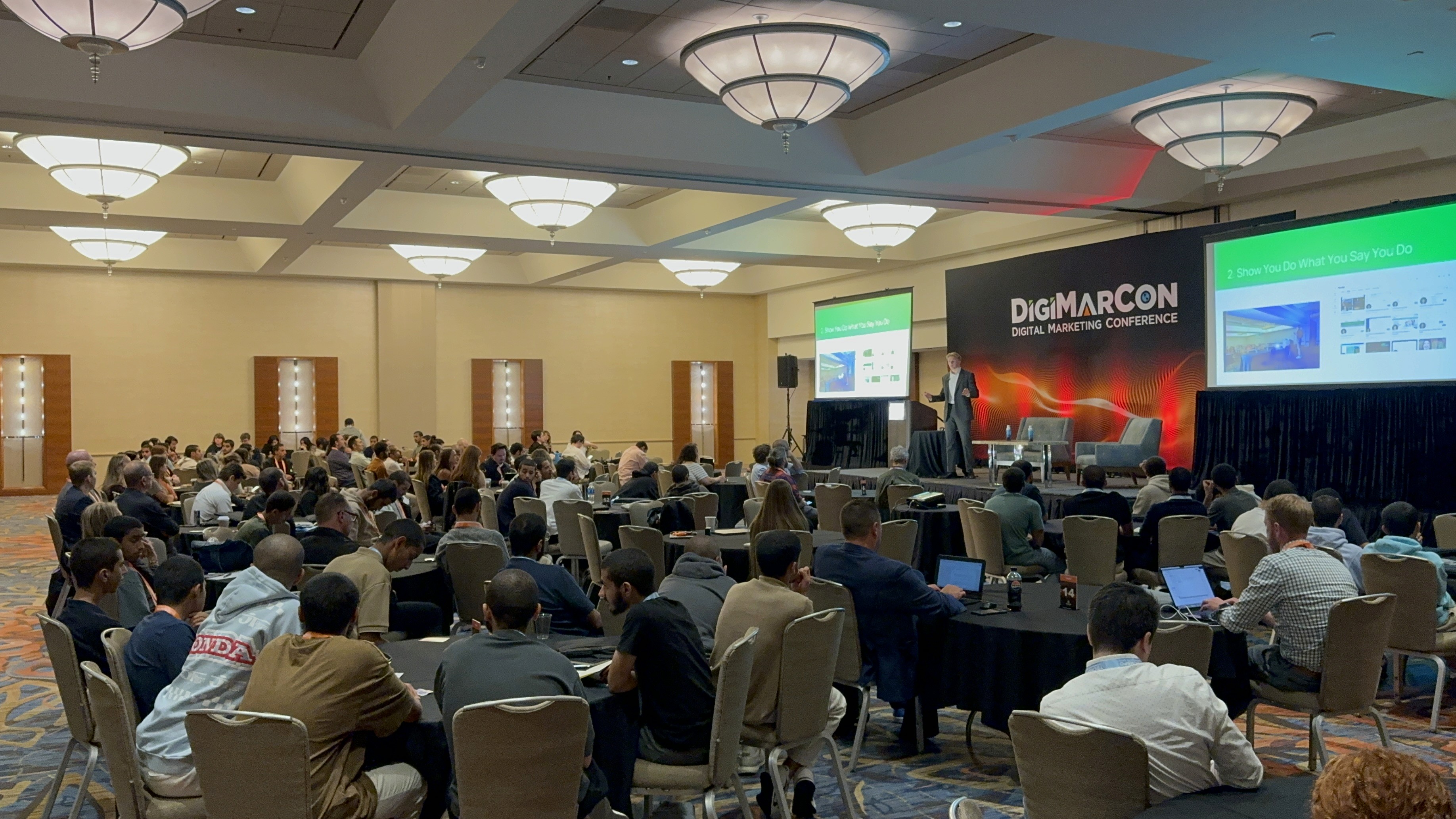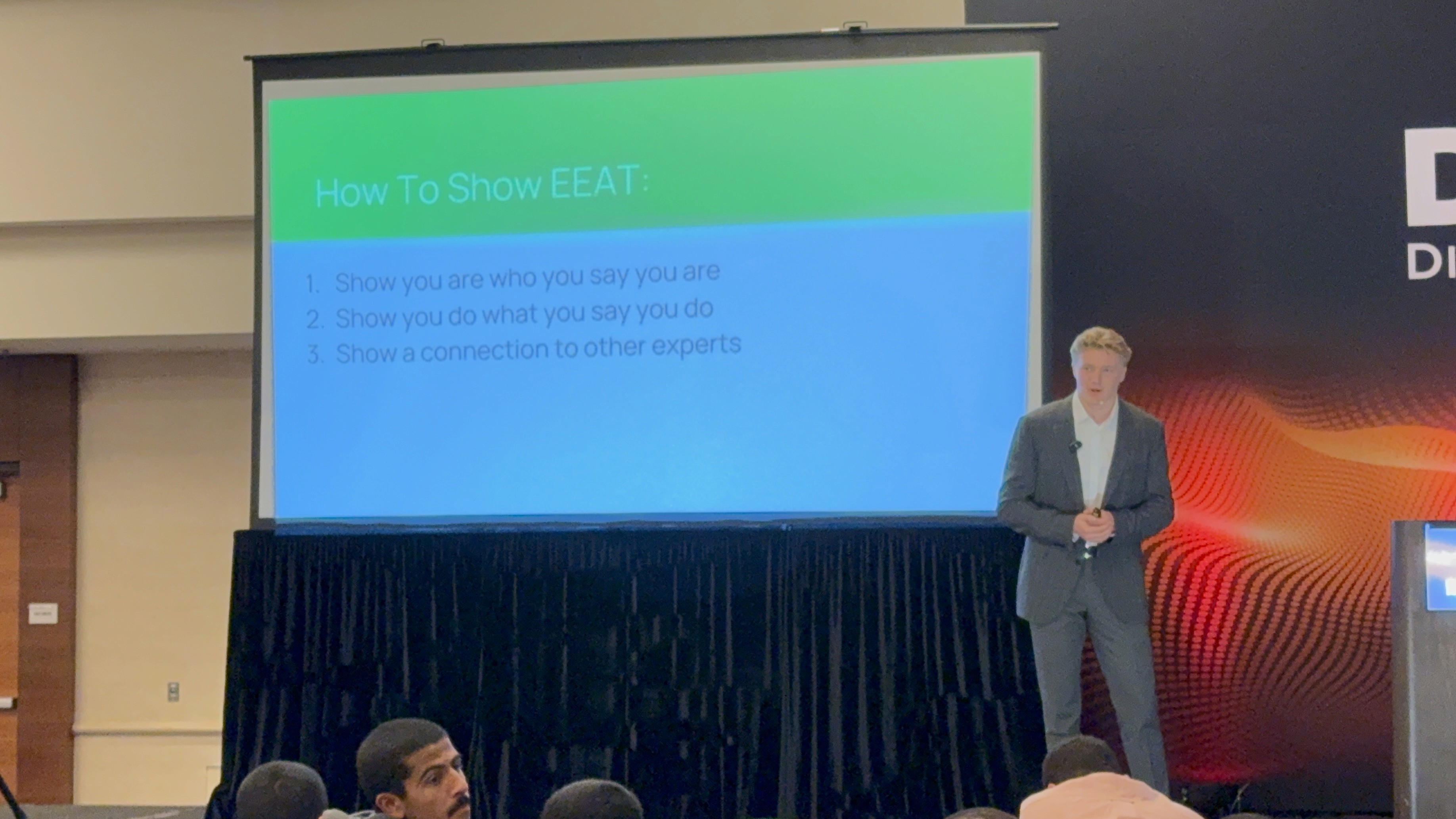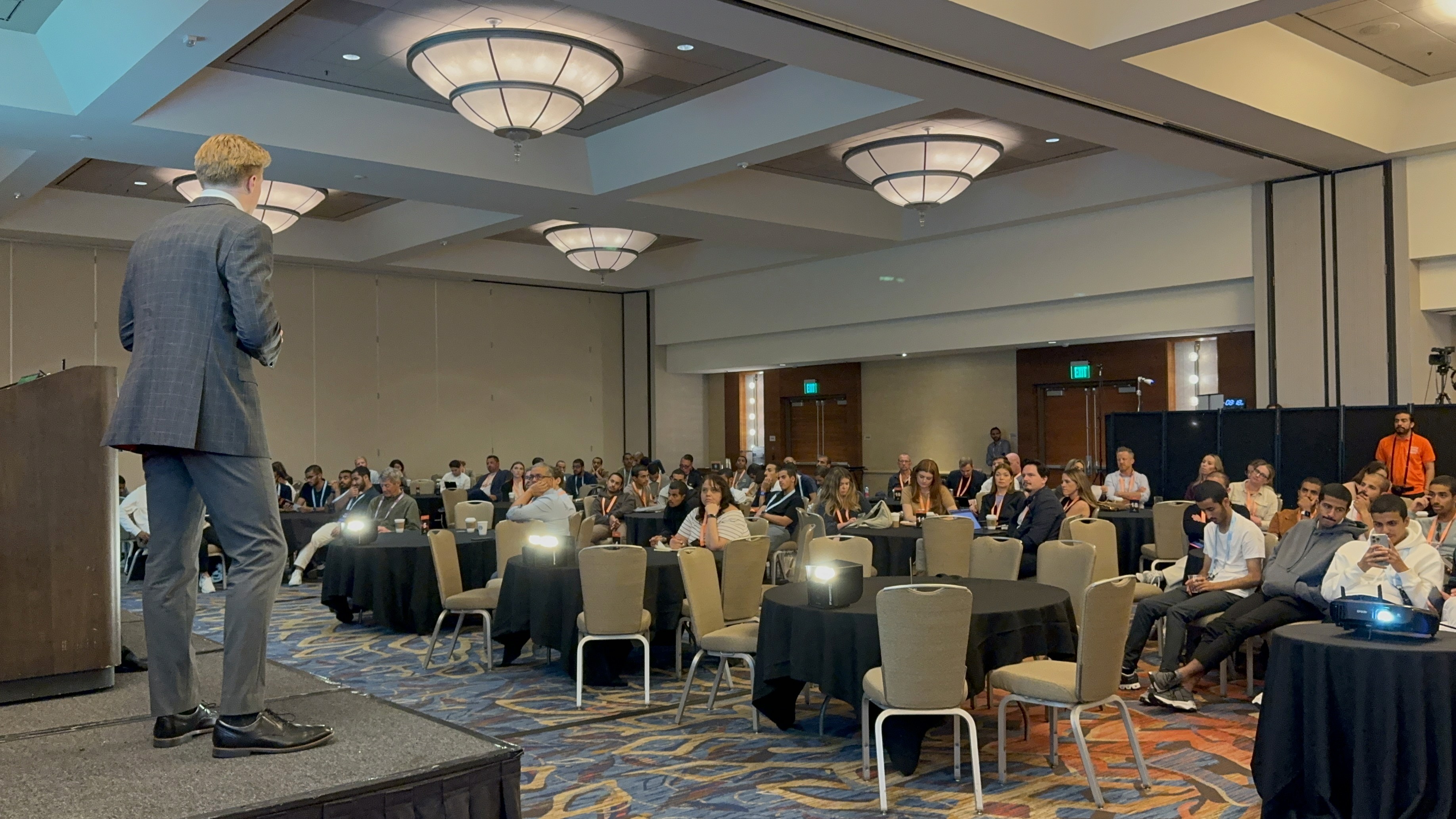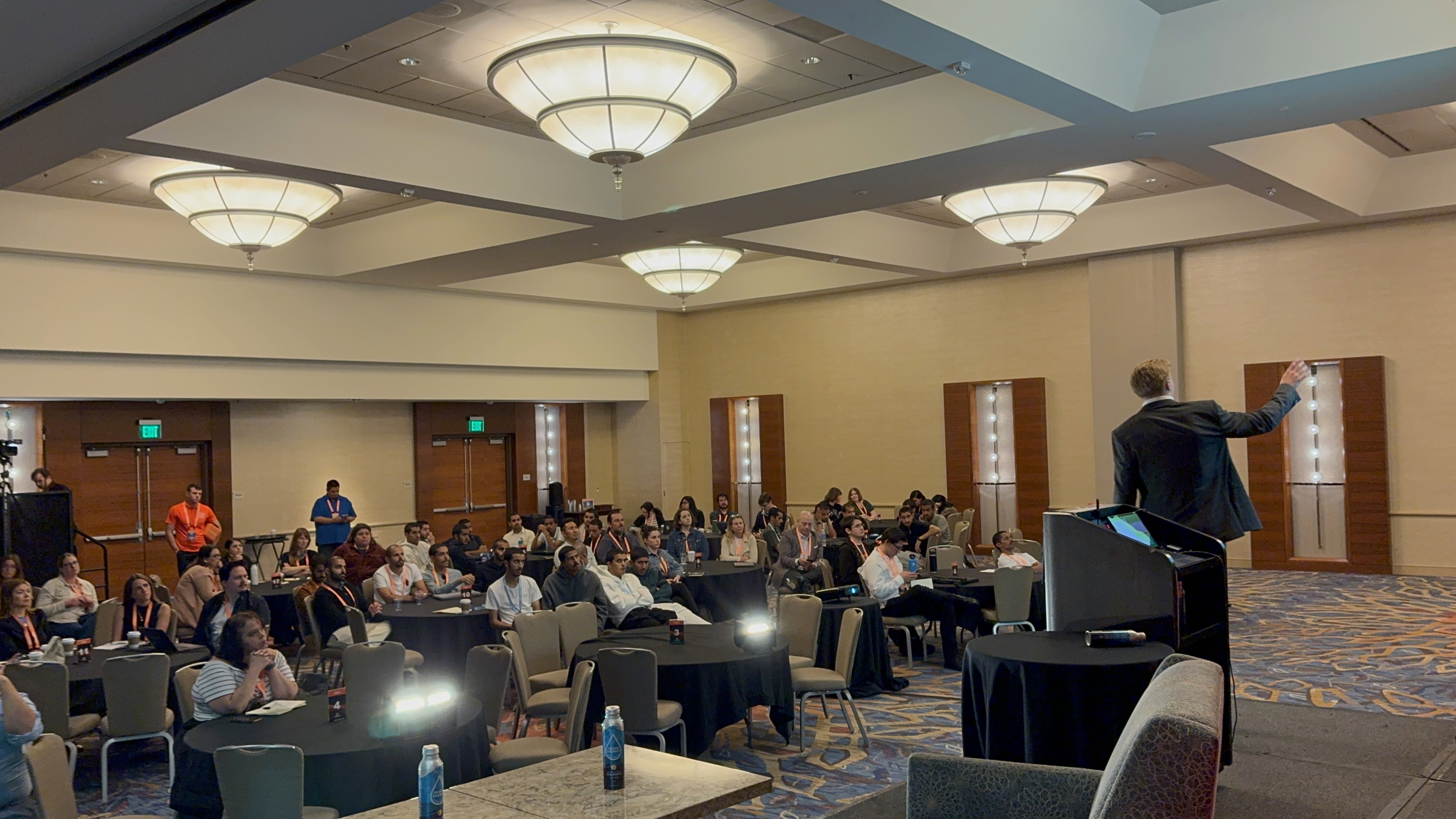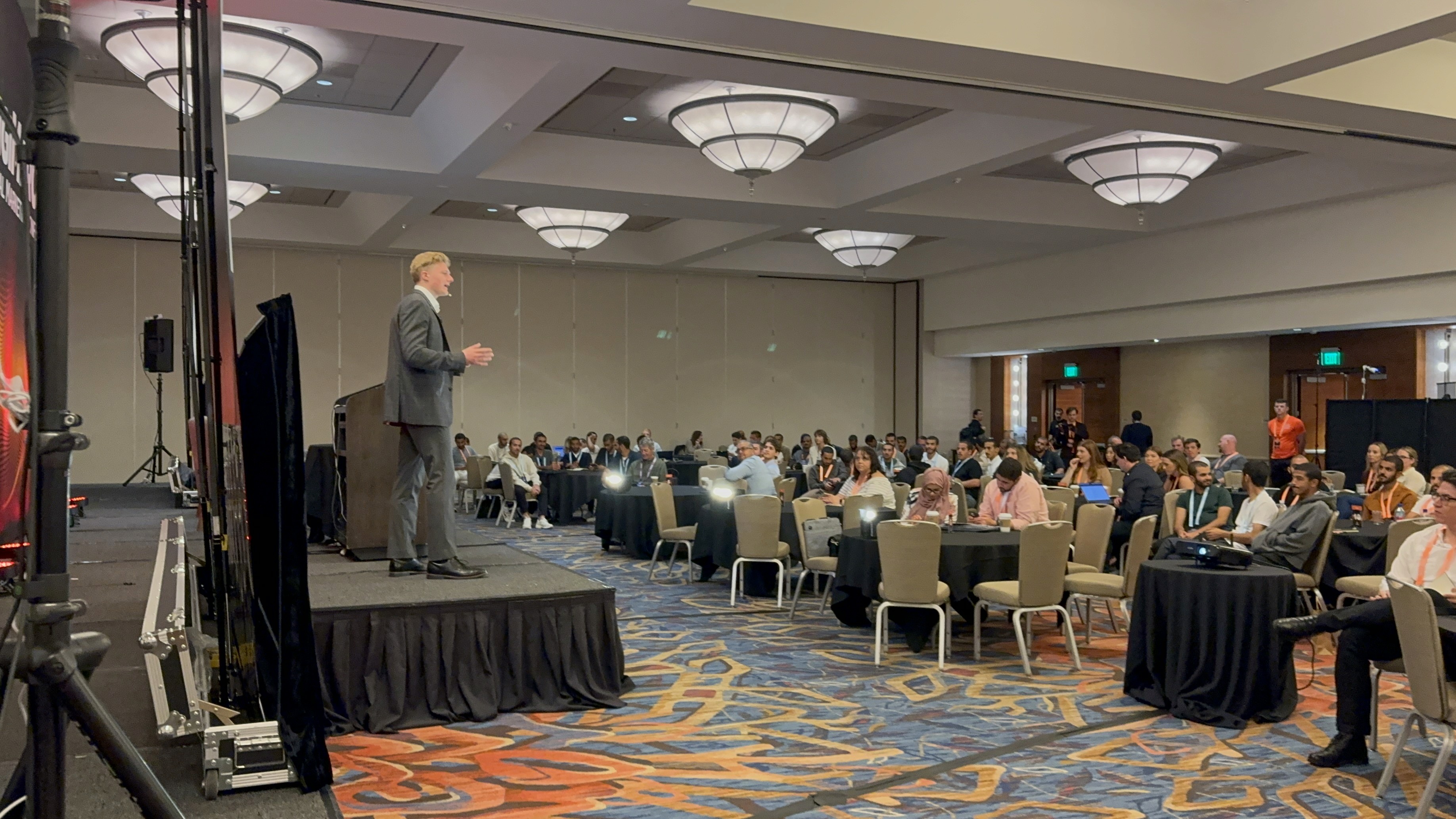Marketing
Lifecycle Marketing: How to Build Long-Lasting Customer Relationships
Aug 8, 2024
When it comes to growing a business, one of the most valuable strategies I’ve come across is lifecycle marketing. It’s not just about attracting customers; it’s about keeping them engaged throughout their entire journey with your brand. From the moment they first hear about you to the point where they become loyal advocates, lifecycle marketing is all about nurturing that relationship every step of the way.
In this post, I’m going to break down what lifecycle marketing is, why it’s essential for building long-term success, and some strategies that have worked well for me in keeping customers engaged and coming back for more.
/ / / / / / / /
What Is Lifecycle Marketing?
Lifecycle marketing is a strategy that focuses on guiding customers through different stages of their journey with your brand. Rather than treating marketing as a one-size-fits-all approach, lifecycle marketing acknowledges that customers have different needs and motivations at various points in their journey.
The typical stages of lifecycle marketing include:
Awareness: Attracting potential customers who may not know about your brand yet.
Engagement: Building a connection with your audience through valuable content and interactions.
Conversion: Turning leads into paying customers.
Retention: Keeping customers engaged and encouraging repeat purchases.
Advocacy: Turning loyal customers into brand advocates who promote your business to others.
The goal is to deliver the right message at the right time, so customers feel valued, supported, and encouraged to continue their relationship with your brand.
Why Lifecycle Marketing Is Crucial
What I love about lifecycle marketing is that it focuses on the long game. Instead of just aiming for a one-time sale, you’re working to build lasting relationships with your customers. This is incredibly valuable because, as every entrepreneur knows, acquiring new customers is more expensive than retaining existing ones.
Here are some of the biggest reasons why lifecycle marketing is essential for any business:
a) Increases Customer Lifetime Value (CLV)
When you focus on keeping customers engaged throughout their entire lifecycle, you increase the chances of them making multiple purchases over time. This boosts your customer lifetime value (CLV), which is critical for long-term business growth. I’ve found that it’s much more cost-effective to retain a customer and encourage repeat purchases than constantly trying to acquire new ones.
b) Builds Stronger Customer Relationships
Lifecycle marketing allows you to personalize your approach, making customers feel understood and valued. By delivering targeted messages based on where they are in their journey, you can foster deeper relationships and enhance customer loyalty.
c) Reduces Churn
We all know that losing customers is part of business, but lifecycle marketing helps minimize churn by keeping customers engaged and happy. Regularly checking in with your customers, offering them value, and providing excellent support can make a big difference in reducing turnover.
Key Lifecycle Marketing Strategies That Work
Now that we’ve covered why lifecycle marketing is so important, let’s talk about how to implement it effectively. These are some strategies I’ve used to keep customers engaged at every stage of their journey.
1. Segment Your Audience
One of the first things I recommend is segmenting your audience. Not all customers are at the same stage of their lifecycle, so it’s important to group them based on where they are in their journey. This could be as simple as dividing your list into leads, first-time buyers, repeat customers, and inactive customers.
By segmenting your audience, you can tailor your messaging and offers to meet their specific needs. For example, I might send an educational email to a new lead, while offering a loyalty reward to a long-time customer.
2. Automate Email Campaigns
Email marketing is one of the most effective tools for lifecycle marketing. I love using automated email campaigns to nurture leads, welcome new customers, and re-engage inactive ones. With automation, you can set up workflows that send personalized emails based on customer actions.
For example, when someone signs up for my email list, they automatically receive a welcome series that introduces them to my brand, shares valuable content, and encourages them to make their first purchase. For customers who haven’t bought anything in a while, I set up a re-engagement campaign to bring them back with a special offer or reminder of how my product can solve their problem.
3. Offer Exclusive Content and Perks
Part of keeping customers engaged long-term is making them feel special. I like to offer exclusive content, discounts, or early access to products for my most loyal customers. This makes them feel appreciated and gives them an incentive to stick around.
For example, I might send out a VIP-only discount or offer behind-the-scenes content that’s only available to my most engaged customers. These perks not only drive repeat business but also help build loyalty.
4. Leverage Customer Feedback
Customer feedback is gold when it comes to improving your lifecycle marketing strategy. I’ve made it a habit to regularly ask for feedback from my customers, whether through surveys, social media, or direct emails.
This feedback helps me understand what’s working, what needs improvement, and how I can better serve my audience. It’s also a great way to re-engage customers and show them that you care about their experience.
5. Encourage Customer Advocacy
One of the ultimate goals of lifecycle marketing is turning your customers into advocates for your brand. When customers love your product or service, they’re more likely to share it with their network. I always make it easy for customers to refer others by offering referral programs, incentives, and social sharing options.
By encouraging advocacy, you not only bring in new customers but also deepen the loyalty of your existing ones. There’s nothing better than having customers who genuinely believe in your brand and want to spread the word.
Tools to Help with Lifecycle Marketing
If you’re just getting started with lifecycle marketing or want to improve your efforts, there are several tools that can help streamline the process:
Klaviyo: A powerful email marketing platform that allows you to segment your audience and create automated campaigns based on customer behavior.
HubSpot: A comprehensive CRM tool that lets you manage leads, track customer interactions, and create personalized marketing campaigns.
ActiveCampaign: A marketing automation platform that offers advanced segmentation and automation features for email and customer engagement.
My Final Thoughts on Lifecycle Marketing
Lifecycle marketing is all about building long-term relationships with your customers and maximizing their value to your business. It’s not just about making a sale—it’s about nurturing your audience, keeping them engaged, and turning them into loyal advocates.
From segmenting your audience to automating email campaigns, the strategies I’ve outlined here can help you keep your customers connected at every stage of their journey. In my experience, lifecycle marketing isn’t just a strategy—it’s a mindset that puts the customer at the center of everything you do.
If you’re serious about growing your business and retaining customers, lifecycle marketing is the way to go. Trust me—it’s worth the effort.
Latest
More Blogs By Danny Leibrandt
Get the latest insights on business, digital marketing, and entrepreneurship from Danny Leibrandt.

